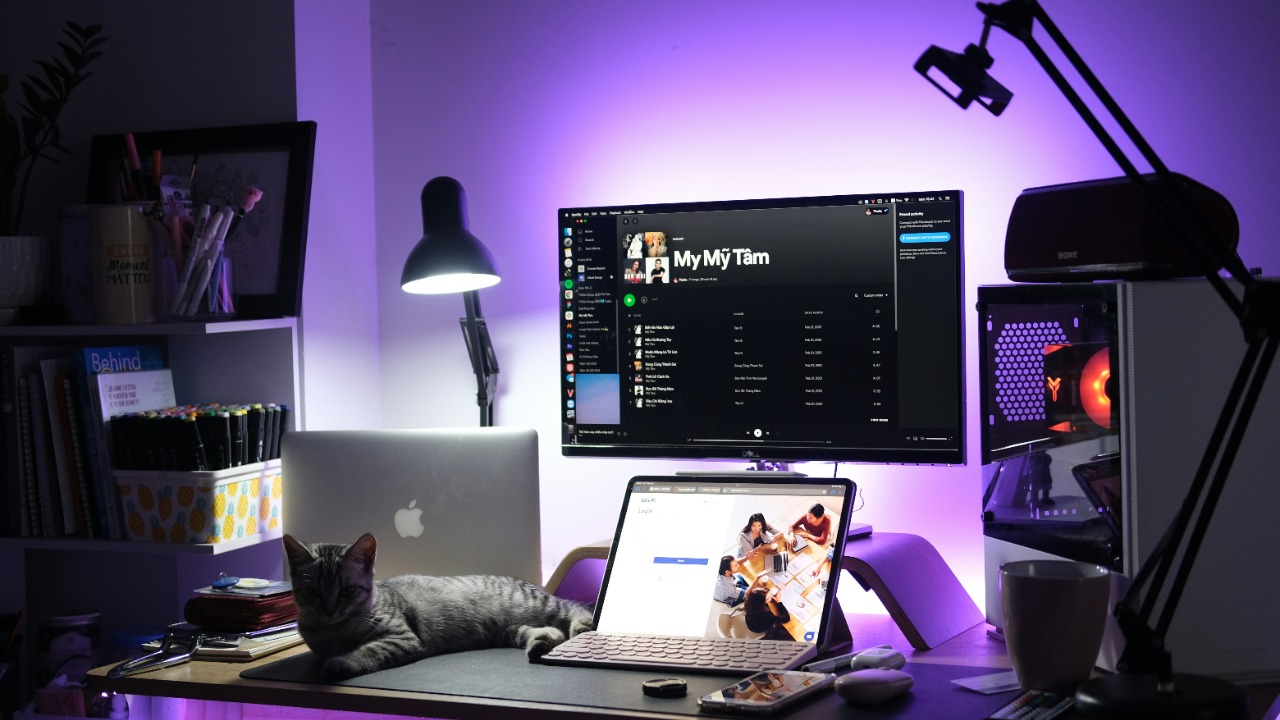
With the advent of 4K monitors, professionals across various fields are contemplating whether the upgrade is worth the investment. While 4K monitors offer potential productivity boosts, they may not suit all high-performance needs. This article aims to provide a comprehensive analysis of the pros and cons of using a 4K monitor for work, drawing from expert opinions and recent reviews.
Defining 4K Resolution for Professional Contexts
4K resolution, technically defined as 3840×2160 pixels, offers a significant increase in pixel density compared to 1080p and 1440p resolutions. This density advantage is particularly beneficial for detailed work such as graphic design, where precision and clarity are paramount. As DisplayNinja explains, higher resolution enhances text clarity and multitasking capabilities on larger screens.
Another important aspect to consider is the pixel-per-inch (PPI) ratio. Higher PPI ratios can reduce eye strain during extended office hours, a common concern for professionals. However, it’s essential to remember that the benefits of higher PPI ratios depend on the monitor size and viewing distance.
Productivity Gains from 4K in Office Environments
One of the significant advantages of 4K monitors is the increased on-screen real estate. This feature allows for more extensive spreadsheets, documents, and multiple windows, making it ideal for data analysis or coding. Furthermore, TechRadar highlights that 4K monitors excel in creative workflows like photo editing, where color accuracy and sharpness are crucial.
Tasks such as video conferencing or report preparation can also benefit from the improved color accuracy and sharpness of 4K monitors. However, it’s important to note that these improvements may not be noticeable in all applications or to all users.
Challenges with 4K Scaling and Compatibility at Work
While 4K monitors offer numerous benefits, they also come with their set of challenges. One such issue is UI scaling. Without proper adjustments, apps may appear tiny on 4K monitors, affecting usability in standard software. HowToGeek also notes potential performance hurdles that could parallel work demands on mid-range hardware.
Compatibility with older PCs or peripherals is another concern. As DisplayNinja advises, it’s crucial to ensure your system can support the 4K resolution before making the investment.
Hardware Demands for Running 4K Smoothly
Running 4K smoothly requires a robust GPU and CPU to avoid lag in professional applications like CAD or browser-based tools. As HowToGeek explains, demanding resolutions can strain systems not built for them, leading to performance issues.
Refresh rates and response times, while more relevant to gaming, can also impact non-gaming work. TechRadar provides a list of balanced options that cater to these needs.
Cost-Benefit Analysis of 4K Monitors
When considering a 4K monitor, it’s essential to weigh the cost against the benefits. The price range for 4K monitors can vary significantly, with entry-level models being more affordable than premium ones. DisplayNinja offers a useful assessment to evaluate if the investment pays off for typical office users.
Other factors to consider include electricity usage and desk space implications. While 4K monitors may offer superior performance, they also consume more power and require more desk space than lower-resolution monitors.
Expert Picks and Real-World Testing Insights
When choosing a 4K monitor, it’s beneficial to consider expert recommendations and real-world testing insights. TechRadar provides a list of top-recommended 4K monitors, focusing on those suited for professional rather than gaming use.
However, it’s also important to manage expectations. As HowToGeek cautions, not all applications and users will benefit equally from a 4K monitor.
Alternatives to Full 4K for Work Efficiency
If a 4K monitor doesn’t fit your needs or budget, there are viable alternatives. For instance, 1440p or ultrawide monitors can offer a middle-ground option for cost-conscious professionals. DisplayNinja provides a comparison of scenarios where lower resolutions may suffice.
Another strategy is to use a dual-monitor setup instead of a single 4K monitor. As TechRadar suggests, this can offer a hybrid productivity strategy that combines the benefits of multiple screens with the high resolution of 4K.
More from MorningOverview